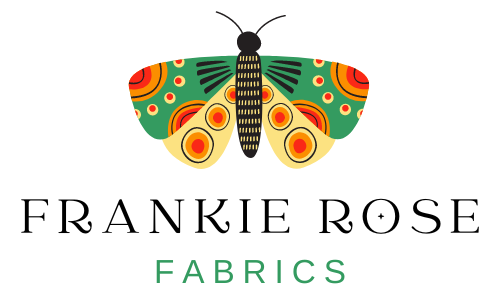In a world where mass production often overshadows the essence of craftsmanship, there are timeless traditions that continue to weave threads of beauty and heritage. One such art form is Khadi cotton weaving, a traditional fabric making technique from India with a rich heritage of sustainability, self-reliance, and cultural relevance.
Historic Roots in the Struggle for Freedom
Khadi cotton weaving is deeply rooted in the heritage of India. It originated as a symbol of the Swadeshi movement during the Indian independence struggle led by Mahatma Gandhi. The Swadeshi movement promoted the production and use of Khadi fabric as a means to reduce dependency on British-made textiles and promote self-reliance. The act of spinning and weaving Khadi became a powerful act of defiance and economic empowerment. It provided employment opportunities for thousands of rural Indians, particularly women, who participated in the cottage industry. Khadi became a potent tool for mobilizing the masses, instilling a sense of pride, and fostering unity among Indians during the freedom struggle.

The Artistry of Handweaving
Unlike machine-made textiles, Khadi cotton weaving is a labor-intensive process that requires skill and patience. It begins with the hand-spinning of cotton fibers into yarn. The artisans then set up traditional wooden handlooms, threading the warp and weft yarns in intricate patterns. With nimble fingers, they manually operate the loom, rhythmically raising and lowering the warp threads to create the desired weave structure. Each pick of weft yarn is inserted by hand, ensuring even tension and alignment. The weaver's expertise lies in maintaining consistent thickness and density throughout the fabric. This delicate interplay of hand and loom gives Khadi fabric its characteristic texture, irregularities, and unique charm.

Empowering Rural Communities
The revival and promotion of traditional Khadi handweaving have created sustainable livelihood opportunities, particularly for artisans residing in rural areas. By engaging in Khadi weaving, these artisans are not only preserving cultural heritage but also generating income and economic growth within their communities. The craft provides employment for skilled weavers, spinners, dyers, and other associated professions, thus supporting a network of artisans. This infusion of economic activity helps to uplift the standard of living in rural areas, reducing migration to urban centers in search of work. Moreover, the empowerment of women through Khadi weaving has been significant, as it allows them to become financially independent and active contributors to their households.

Minimal Environmental Impact
Khadi cotton weaving is eco-friendly, using minimal energy and producing zero waste, compared to resource hungry mechanized manufacturing. The use of traditional handlooms eliminates the need for electricity, reducing carbon emissions and dependence on non-renewable energy sources. Additionally, Khadi weaving produces zero waste as the yarn scraps and remnants are recycled or repurposed, contributing to a circular and sustainable approach. Furthermore, the Khadi artisans our supplier works with use natural, Azo-free dyes, which are non-toxic and biodegradable, ensuring that harmful chemicals do not find their way into ecosystems.

Fair Working Conditions and Living Wages
Our supplier of khadi handwoven fabrics works with clusters of artisans in West Bengal, India, who share their preferred rates for the fabrics they are creating. They work from home, often in conjunction with family members, and are free to set their own working hours, usually 7-8 hours per day. Using their traditional skills to make a living allows them to carry on and bestow their cultural heritage to others and work with dignity and freedom.

Learn more about Khadi Cotton and handwoven fabrics:
